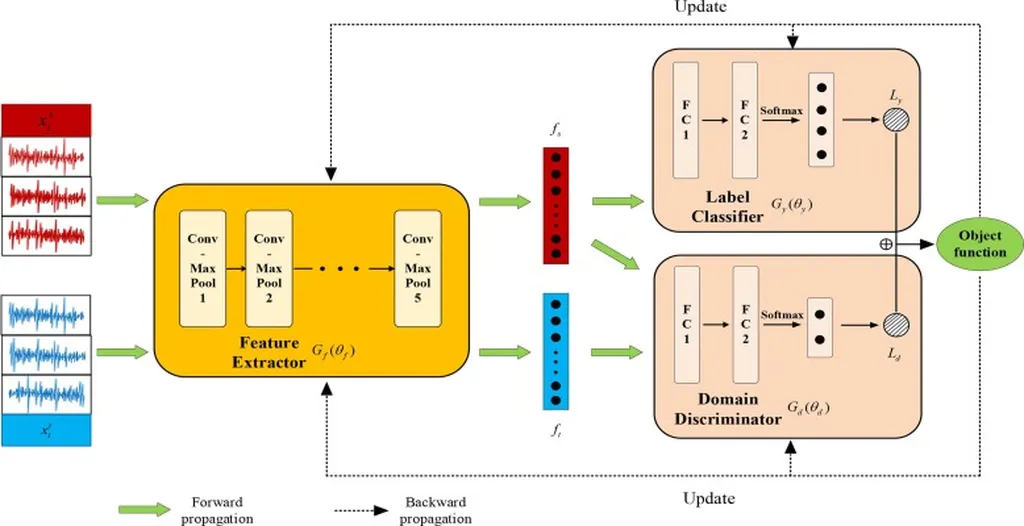In the quest for more efficient and reliable bridge maintenance, a novel approach has emerged that could revolutionize how we monitor and assess structural integrity. Lingling Li, a researcher from the Yellow River Conservancy Technical Institute, has developed a sophisticated method that combines the power of back propagation neural networks (BPNN) and vehicle-bridge interaction analysis to identify and locate bridge damage with remarkable accuracy.
Traditional bridge inspection methods often fall short in providing continuous monitoring, leaving potential issues undetected until they become critical. Li’s research, published in the *Electronic Journal of Structural Engineering* (translated as *Electronic Journal of Structural Engineering*), addresses this gap by leveraging the interaction between vehicles and bridges to create a dynamic monitoring system.
The method works by analyzing the response of a vehicle as it crosses a bridge. “By using the back propagation neural network combined with the coupled vibration of the vehicle and bridge, we can infer the response at the contact point between the vehicle’s tires and the bridge deck,” Li explains. This data is then used to create a model of the bridge’s structural response, allowing for the identification and localization of damage.
The results are impressive. The BPNN achieved an average accuracy of 90% in locating damaged bridge structures, even maintaining an 85% accuracy under varying noise levels. When it comes to assessing the extent of damage, the method reached a maximum accuracy of 98.54%, outperforming other techniques like deep belief networks and support vector machines by around 10%.
The commercial implications for the energy sector are significant. Bridges are critical infrastructure for transporting energy resources, and ensuring their integrity is paramount. This method could lead to more proactive maintenance strategies, reducing downtime and preventing costly failures. “This approach not only enhances safety but also offers a more cost-effective solution for long-term bridge management,” Li adds.
The potential applications extend beyond bridges. The principles of vehicle-bridge interaction analysis could be adapted to other structures, such as tunnels and viaducts, making it a versatile tool for the construction and maintenance of critical infrastructure.
As the energy sector continues to evolve, the need for reliable and efficient infrastructure monitoring becomes ever more pressing. Li’s research offers a promising solution, one that could shape the future of structural health monitoring and ensure the safety and longevity of our vital bridges.

